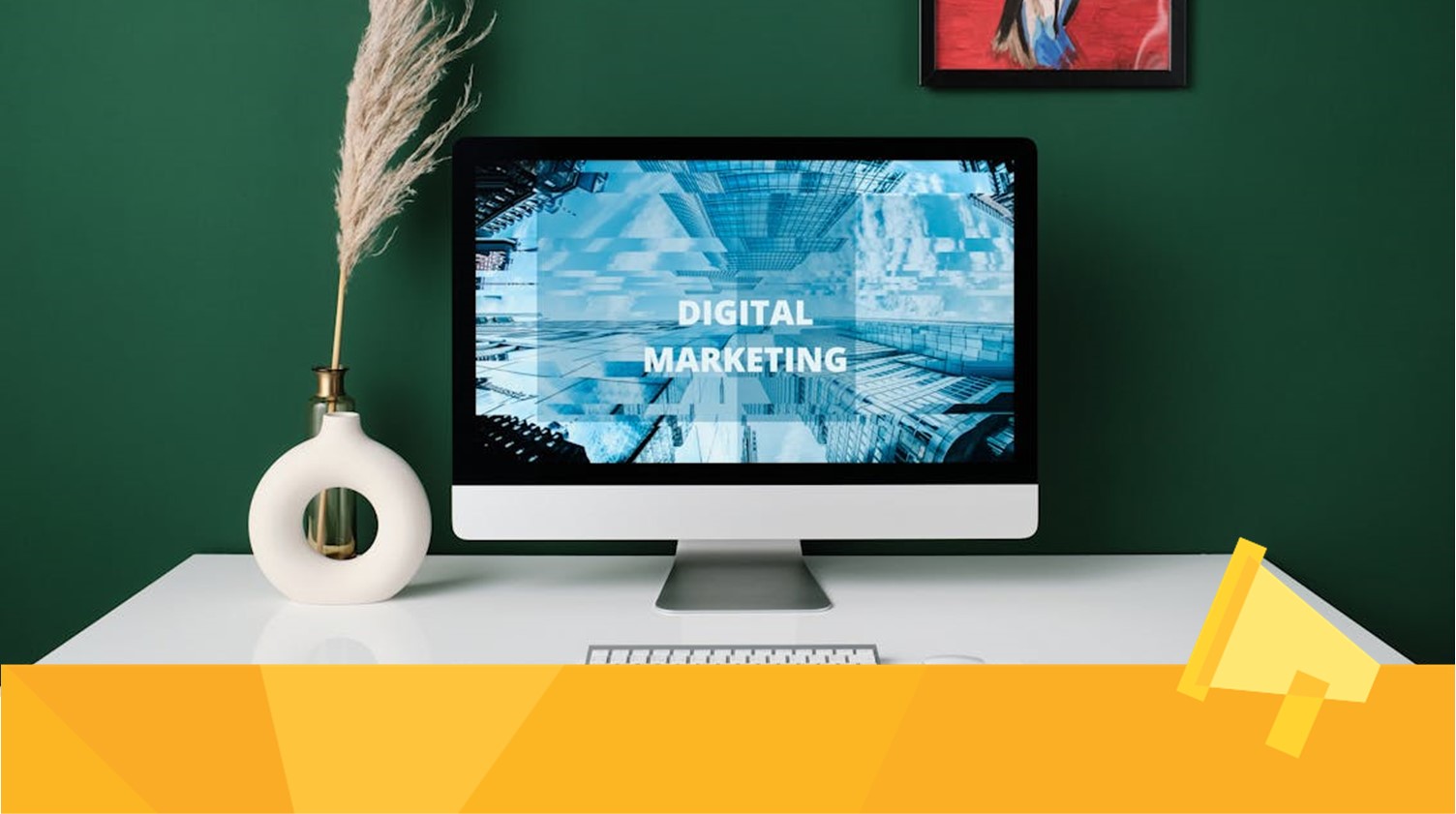Advertising your journal can be challenging. And there are many different ways that you can approach this subject.
In addition to options, you need to consider things like “which platform you want to use” or “what does the advertising budget look like”. Because of the realities of advertising, many companies try to use both paid and free advertising in order to promote their journals.
But what are the differences between the two types of advertising and how can you best use them?
Free advertising versus paid advertising
Even though these terms are fairly straightforward, we’ll really briefly explain them.
Free advertising is any form of advertising that does not require money. Examples of this might be word of mouth, websites promoting your work (that you haven’t paid for), etc. The bottom line is that there is no exchange of money for this advertising. There is some debate as to whether or not an employee’s time counts as “spending money”, but if we don’t count it, time spent posting on various forms of social media (for example, creating a LinkedIn post) could be considered “free”.
On the other hand, if there is an exchange of money, it’s paid advertising.
In this way, the difference between the two is quite clear. But what isn’t as clear is how each can meet needs that your company might have. Both of them can be used in different ways, but knowing how to best implement each can help to improve your journal readership.
Using free advertising
Free advertising comes in many, many different forms, and so when we talk about options we need to limit ourselves. If we don’t, we can easily wind up with a 50+ bullet point list of options. While having a list like this might be valuable, in this article we’ll be covering a few of the more “journal-friendly” options. For example, while some journals might want to consider having a YouTube channel to promote their work, creating quality video content is not something that every company can do. And if you need to go looking for a video editor to help you produce the content, it’s no longer really “free”.
In this article, we’ll cover four, easy-to-manage forms of free advertising and how you can best implement them.
- LinkedIn (and social media)
- Blogs and SEO
- Press releases
- Engagement on social media
Each of these is slightly different in terms of how they work, the necessary level of engagement, and what they can accomplish.
LinkedIn posts (and social media)
One might want to consider lumping all social media together, but there are many differences. From the length of posts to the markets you’re speaking with, all can be very different. LinkedIn, for example, is broadly used for professionals. Because of this, there is a built in “filter” of sorts, that removes a lot of the more problematic content and bots that can be found elsewhere.
LinkedIn can be used to promote your business, articles published in your journal, your blog, or any other number of potential posting options.
As you grow your LinkedIn network, you’ll be able to more readily rely on people following your company to share your content on their own feeds. This is one example of how free advertising can help to promote your content.
Blogs and SEO
Many times, blogs are misunderstood by many companies. Some companies view blogs as a sort of extension to “press releases”. They will use their blog to repost, often times verbatim, what they have said elsewhere. Other times, they are used as a sort of announcement page, where short announcements are made.
There is nothing wrong with doing this, but it really does not take advantage of all the potential of a blog.
One of the most important things that blogs can do is to draw traffic to your site organically. Basically, if you want people to search for things in Google and your journal show up as the top result, this is one way to approach this.
Blogs, however, need structure and purpose. Knowing what you’re going to write about specifically is not that important initially. But it is critical that you know what general areas you want to approach. Ideally, these areas will align with your journal.
Press releases
A clear, SEO optimized press release can also be a major vehicle to draw traffic to your website.
Press releases should generally be substantive and well planned. You want to ensure that there is a great deal of relevant information that the reader would want to know in a press release. Once a press release goes live, while there might be an initial bump in traffic to the site due to the novelty of the release, much like a blog, there is long term traffic that can be earned.
Engagement on social media
Many of the points above focus on long term strategies to draw traffic to your site.
Engagement on social media is different. Because drawing traffic and readers is a passive act, you do not have much control over the response of a person to the content. When you engage with people on social media (though conversations, responding to comments, and similar acts), you are making a genuine effort to engage.
This sort of interaction has long been known to broadly generate a positive image.
Recently, there has been a major focus on the idea of “authenticity”. While authenticity has always been around, and also in business, there has been a greater push for this on social media.
People want to hear from people and not from companies.
Other forms of advertising
There are countless options for free and paid advertising. Which you choose, and how you do so, depends in large part on your plans.
